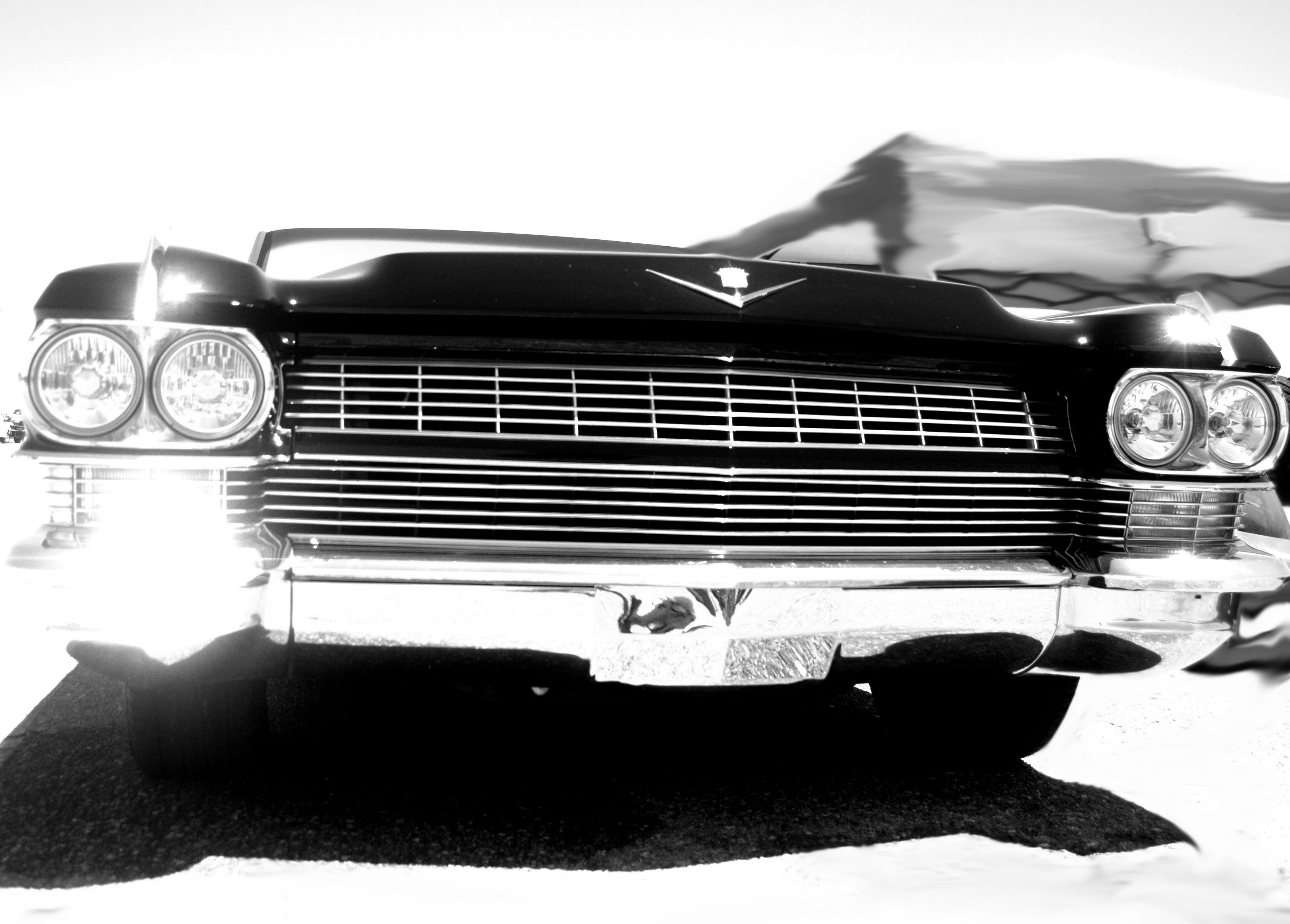I was ready an article in one of the many auto related magazines (can’t recall which one…I’m behind on my reading….a bit <<>>>) and the author was stating that it’s no longer the Mopar guys vs. Ford guys or vs Chevy, but now it’s just tuner vs. tuner.
I first realized that, he was indeed correct and secondly that it really extended into many more areas of life. But for now, I’ll stick with why I’m writing this.
When I was a kid (60’s and 70’s) there were clean lines. My Dad was a GM guy or more specifically a Chevy guy, his Dad had Mopars (but really anything that got him to a store for a ‘soda’ was fine with him). On other side of the family (Mom’s side) there wasn’t much going on there with my uncles (except one who introduced me to Corvettes at the age of about 4 or 5), except my grandfather who always seemed to have a Ford – actually they were always the huge Mercury Marques or similar Merc model.
So there were many discussion on which brand lasted longer, ran better, had more power and a very important are for ‘way’ upstate New York State, which one rusted slower (seems there were two types of cars no matter what brand – those with rust holes and those about to have rust holes). Now school was where things got hyped. Even as far back as grade school there were discussions about which car brand was better….I recall even then the full name of F.O.R.D – “Found On (side of) Road Dead”.
That was the core of a car guy’s or gal’s life back then. Even those that made a living working on them had preferences.
But that is all being lost. It’s hard to tag the exact cause or point in time this happened. However, I’m going to blame racing. Yup straight up, drag racing and oval track racing. The thought that a funny car is really a Mustang or the template fitted oval track car is a Camaro or a Camry, is merely an illusion. When the running of “real” cars stopped, the rivalry began to die.
Not a Mustang
Looks like the stang.
Coming up next: So where does the lack rivalry lead us?
Thanks for reading.
Tim
Comment Update:
Like you, I grew up in a GM only family. My dad bought Chevy Station Wagons (stripper Biscaynes) for family hauler duty and Buick LeSabres for his personal daily drivers. Each and every car he bought faithfully lasted 100K miles with only minor repairs and service.
Then, in the 1980s several things happened that destroyed car loyalty. One, all GM cars were exactly alike both in appearance and crappy reliability. My dad was devastated that his 1982 Buick with Olds 305 V8 was in the shop 100 days per year, each and every year of the 36 months he owned that car, then his 1989 Beretta was the same in reliability. Second, the Japanese, or rather JAPAN, INC, realized that turning cars into ‘appliances’ was exactly what America needed and wanted. Styling is not as important as 200K reliability and 60% re-sale value. Finally, Detroit failed the American consumer by trying to make big profits on SUVs rather than compete on quality car products. All of this contributed to the errosin of car loyalty.
I read an article awhile back that stated that the Asian brand cars have loyalty among themselves in that Honda people buy Toyotas and Toyota people buy Hondas, and some people only consider all Asain brands both Japanese and Korean, but American loyalty has boiled down to the large truck market only. Pick Up truck owners are loyal to only GM, Ford, or Chrysler. In fact, the article mentioned that MOST F150 owners are likely to own Toyota products as their car product.
For me, I was a “MOPAR, or NO CAR” loyal Chrysler buyer for all of my driving life. My first car was a 1969 Dodge Coronet 440 that ruled the street of my neighborhood (less the occasional MACH1 that would beat me). My second car was a Road Runner that never lost a race. Then I matured into a Plymouth Horizon, a Plymouth Laser, followed by a Shelby Charger, a Shelby Lancer, and the present day LeBaron Convertible. I bought Chrysler products because they were the underdog of the Big 3, because Lee Iacoccoa needed our support, because they were the most patriotic brand, and because they were the biggest bang for the buck.
The Daimler takeover ended that loyalty. The FIAT ownership makes permanent that I will not buy another MOPAR.
Today, I am not loyal to any car manufacturer. I can pretty much guarentee you that I won’t buy foreign in that I ‘follow the money’; in other words, Ford and GM money do come home no matter where the assembly point, or source of the car. I lean towards Ford products in that they did not take a bail out, Bill Ford is a family owner of the company, Alan Mullay is an engineer that realizes crappy cars do not sell, and the Mustang is still the very best Muscle Car for the money. Always has been, and I hope will always will be!
Submitting my rant for the day, Bill




















